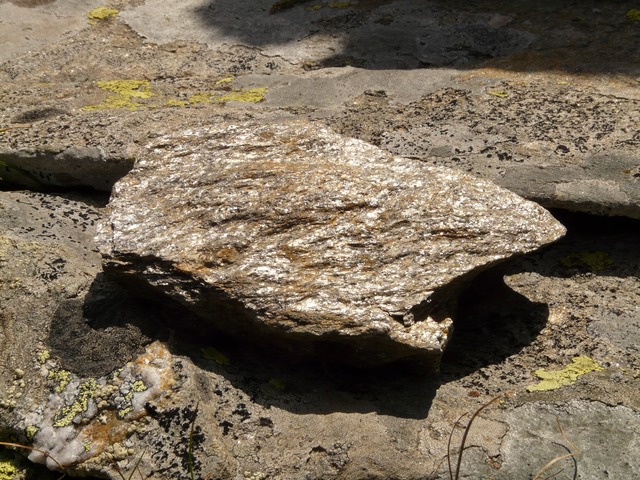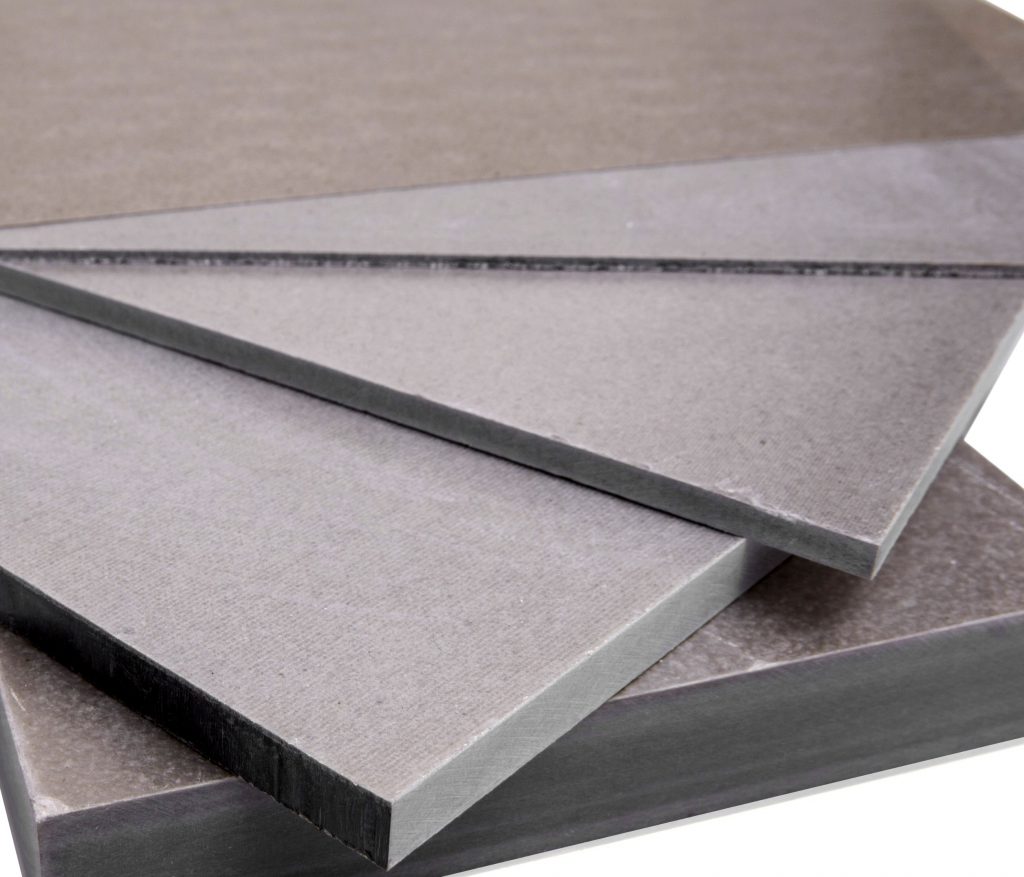
Manufacturing Mica Sheets
In this blog, we’ve recently looked at mica sheets and their uses. Now we want to tell you about the manufacturing process of mica sheets.
In its raw state, mica comes in crystal form, embedded in igneous rock formations. First there is a process to extract it, either through deep shaft or open pit surface mining.
Once mined, it’s then a case of sorting the crystals carefully by hand, boxing it and sending it off for processing.
The first stage of processing involves assessing the extracted mica crystals, grading them, then cutting and splitting them. The grade and type of this raw mica will determine its use, and what processing will then follow.
Mica lends itself naturally to splitting evenly, and in fact, mica minerals are known as sheet silicates because of how they form in distinct layers.
To clarify, while the natural mineral composition of mica lends it to sheet form, the full process of creating mica sheets is a manufacturing cycle.

What Goes into Mica Sheets?
To produce mica in composite sheet form, it must be ground down into divided particles. This involves using a hammer mill or similar micro-pulverising equipment.
Then these particles must be combined with water. A colloid substance may be added. This is a mixture that does not settle, but rather is made up of two phases: a dispersed phase, consisting of particles; and a continuous phase, which suspends the particles in the mixture. In this way, the colloid agent is different to a solution and acts differently in processing the mica.
Once mixed the mica is applied to a mesh mould where its viscosity allows it to form into even sheets.
Why sheets?
Mica’s natural mechanical, thermal and electrical properties make it ideally suited for many different industrial insulation applications. However, to take full advantage of this versatility, mica must first come in a form that is itself adaptable.
The durability and resistance in mica’s makeup mean that it forms into thin, paper-like sheets that still retain their strength.
Moreover, when manufacturing mica sheets, adding a resin substance as a binder will give them added robustness.
This combination of adaptability and resistance is what makes mica such a supremely useful product.
Adding Resin
Mica sheets are hard-pressed together with a resin element to give them added strength.
The main steps in this process involve first soaking the sheet in resins, then drying it.
To bond sheets together, requires a manufacturing process involving both high temperature and pressure. Hydraulic presses carry out this part of the process.
Thickness will vary depending on the grade of mica sheet we are creating.
Rigid mica sheets have a thickness range between 0.10mm and 50mm; while flexible mica sheets are available at thicknesses between 0.10mm and 2mm.

Once bonded with resin, the mica paper is a laminate material. The different resins and fillers added as part of the mica sheet manufacturing process give the finished mica products different properties for a broad variety of applications.
Different grades of sheet are suitable for different purposes, from insulation and thermal control to fire protection.
Mica Sheet Grades
Different grades of both rigid and flexible mica sheets are available, depending on requirements and what their end application will be. We use two types of natural mica, muscovite and phlogopite, in the sheets we manufacture and supply.
Muscovite or white mica has superior dielectric qualities and chemical resistance; phlogopite or green mica is generally softer, and therefore adaptable for shaping and use in various manufacturing functions.
Rigid mica sheets come pre-cut in 1.2m square or 2.4m rectangular dimensions. They are widely used in electrical appliances to provide essential insulation to wiring; and in furnace construction.
Elmelin supplies two grades of rigid sheet mica: MR SSP, which has a heat resistance of 1200°C; and MR SSM, which has a heat resistance of 1000°C. We can also provide bespoke, cut and manufactured shapes from rigid mica sheet.
When it comes to our flexible mica sheets, there is a range of sizes that they come in. Flexible mica sheets are rectangular in dimension, with a standard width of 1020mm, but varying lengths.

The two grades of flexible mica sheet are MF SSP, phlogopite; and MF SSM, muscovite.
Our Mica Sheet Solutions
Mica sheet’s sheer versatility can make it hard to pin down, when describing its various uses. It straddles different industries and sectors. In some instances, such as consumer appliances, people are directly affected by it. In other settings and situations, it functions as something in the background, which nevertheless is essential.
Mica’s use in the foundry and steel industry is long-established, both in rigid and flexible sheet form. Similarly, for power electronics, mica sheet is the basis for various essential insulation solutions.
However, Elmelin’s manufacturing capacity combined with our extensive prototyping capability gives us the means to go far beyond standard solutions involving mica sheets.
We are, therefore, in the problem-solving as well as manufacturing business, looking at combined thermal management and industrial insulation solutions for a varied client-base.
Mica sheets are an essential part of what we offer, but they are only one part of the whole story.
If you’re looking for manufacturing support, for help in bringing something to market, or for ensuring your industrial processes are safe and efficient when it comes to insulation, please talk to us.
